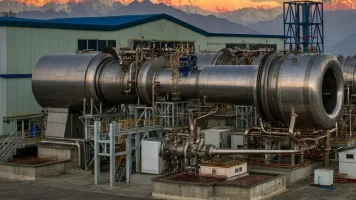- Views: 3K
- Replies: 29

The development of India's indigenous Light Combat Aircraft (LCA) Tejas Mk2 is progressing with the introduction of an Ironbird facility. This crucial hardware-in-loop (HIL) testing environment is designed to evaluate the aircraft's Integrated Flight Control System (IFCS) in a simulated flight environment before actual flight testing begins.
Tenders reveal that the Aeronautical Development Agency (ADA) intends to commence testing key Tejas Mk2 systems within the Ironbird facility. These include the onboard computers responsible for flight control, auxiliary functions, and mission management. The facility will replicate the data acquisition process of the actual aircraft, collecting data in various formats from simulated sensors and systems.
The Ironbird facility essentially functions as a flight simulator, mimicking the Tejas Mk2's hardware components such as cockpits and projection systems. A network of Line Replaceable Units (LRUs) is configured similarly to the real aircraft, and a hydraulic source simulates the power systems for flight controls.
By injecting a range of flight scenarios and operational stresses into the IFCS, engineers can analyze the resulting data to assess the system's performance and stability under various conditions. This rigorous testing process helps identify and resolve potential issues before the aircraft takes to the skies, ensuring a smoother transition to real-world flight testing.
The development of the Tejas Mk2 represents a significant advancement in India's indigenous aerospace capabilities. The Ironbird facility is a testament to the commitment to thorough testing and evaluation, ensuring the safety and effectiveness of the aircraft. As the project progresses, the Tejas Mk2 promises to bolster India's air defence capabilities and contribute to its growing reputation as a global player in aerospace technology.

